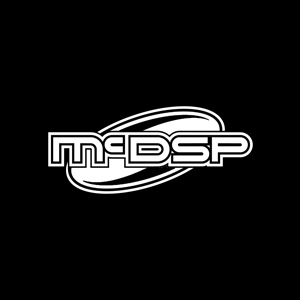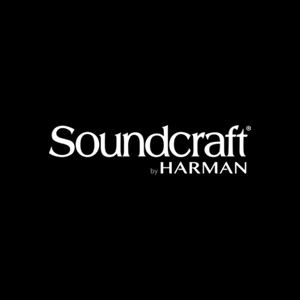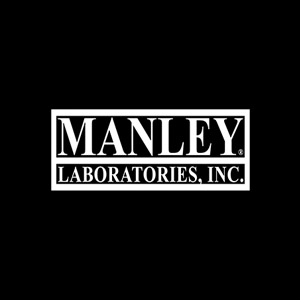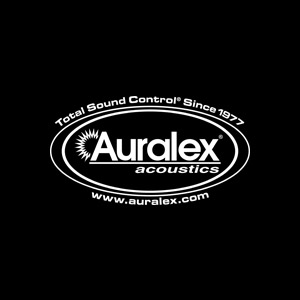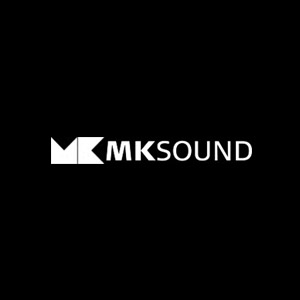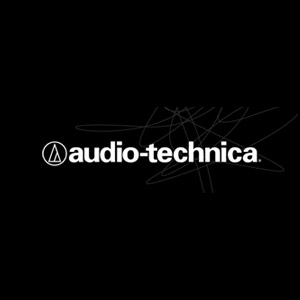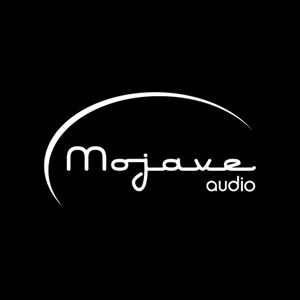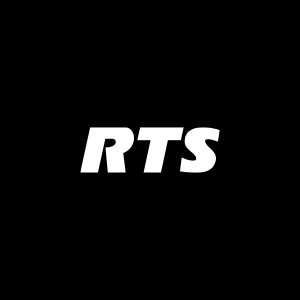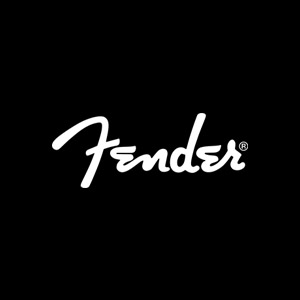CRAS AES Presents The Re-Amp Clinic

Last night, CRAS Tech and Instructor Jeff Harris hosted an AES Re-amp Build event in our Gilbert Live Sound Venue. Jeff gave us a brief history of the Re-amp and how it works: by taking a balanced, line level signal that has already been recorded, the re-amp box converts the signal back into an unbalanced, mic/instrument level signal so it can be re-amplified and re-recorded, perhaps through a different amp or signal processing chain.
What is a re-amp box?
A re-amp box is a device that converts a balanced, line level signal – usually a +4 level signal – into an unbalanced instrument (-10) level signal. This allows recording engineers the ability to change and model a guitar tone long after the guitarist leaves the studio. This allows the recording process to be very efficient by having the guitarist be able to quickly record a quality pass, and allows the engineer to experiment and tweak the sound of that recorded guitar to their liking later. Sometimes it can take hours and hours to get that sound just right!
Why do I need a re-amp box?
- Change amplifier make, tone settings, and effects at any time after original performance. A flat, direct safety track is recommended but not always necessary for the best results. Preserve the inspired first-takes, always knowing you can Re-Amp later if you are unhappy with the amplified sound.
- Engineers and producers can experiment with mic placement and room ambiance without asking the musician to keep playing over and over. Record a scratch direct signal on tape/disk and feed it to the musician?s amp via theRe-Amp and experiment.
- Live recordings direct from the instrument?s output to tape/disk can later be Re-Amp?ed in the studio. This solves many problems related to remote recording. You can match the sound for a punch in by using the original instrument and direct box, thereby making only small repairs. After the repairs are done, Re-Amp to any amplifier instead of re-recording the entire performance.
- Synthesized guitar and bass tracks can sound more live-like byRe-Amping into an instrument amplifier and using mics. Send drum tracks to various instrument amps and mic the room for ambiance.
- No need to record instrument amps during a tracking session if space or leakage is a problem; perfect for late night home recording. The next day plug in your amp, turn it up and Re-Amp the previous night?s performance. Record the bass direct and Re-Amp later to tape/disk or during the mix.
- Re-Amp the same performance with different amps and stack the sounds for various textures and panning. You can use the Re-Amp to overdrive the front end of a guitar amp for intense distortion by turning up the Re-Amp’s trim control to eleven!!
- Insert instrument effects at any time during production. Re-Amp from tape/disk to any stomp box (such as a wah-wah, or overdrive), then take the effects output and return it to the console via a direct box.
- Insert studio pre-amps, equalizers, signal processors, and dynamics control before reaching the instrument amplifier.
A special thanks to Jeff for making this build happen. This is just one of the many examples of the myriad of optional, extra-curricular activities CRAS students can take advantage of during their time in the program, outside of normal class hours. This event also happens to build on another core skill taught at the Conservatory, which is Soldering.


